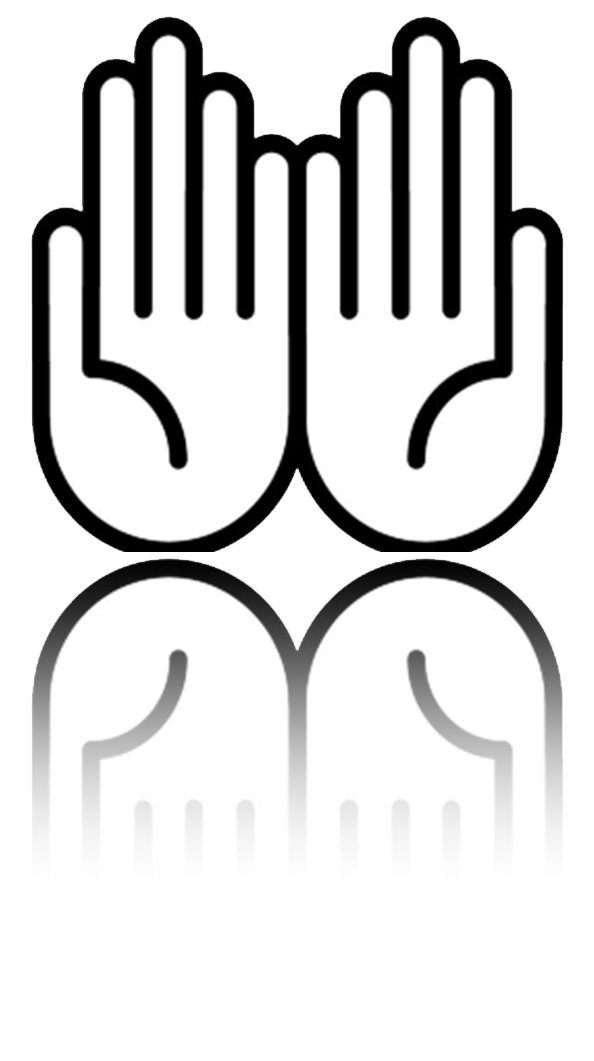“WORLDS” View
in the NOW
Is the world flat
or is the world round
…or something else?
There continues
to be discussion
in the NOW!
There is no motion
between the sutures
of the skull.
There is subtle motion between the sutures
of the skull.
Venture into
“the world is flat, the world is round”
orientation within medicine.
The world view of anatomy and physiology
is rapidly evolving in this century.
A difference of perception and understanding
are at a crossroads.
Embark into
these differences about anatomical functioning
… and their impact
not only in medical thought but also in medical treatment.
Welcome to the world of the Cranial Concept
and the interface with Orthodontics in the orofacial domain.
Deny and Dismiss ?
or
Dialogue and Discuss?
This critical difference in perspective,
this disparity in understanding,
lies at the heart of the Cranial Concept.
The potentials are monumental for more than orthodontics.
Growing pains in anatomy and physiology.
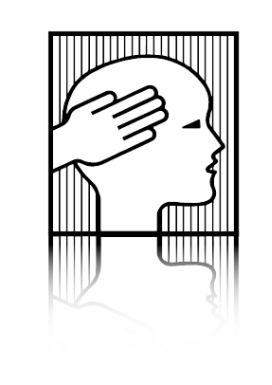
The Cranial Concept
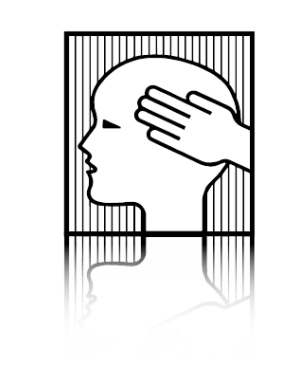
The first half of the 20th century saw the birth and the teaching of
The Cranial Concept within the osteopathic community.
The concept and its practice spread worldwide
in the second half of the 20th century.
What is the first half of the 21st century revealing?
Data that is currently being gathered in science
is beginning to validate the inspiration and genius of William Garner Sutherland’s
anatomical wonderings and insight of 1899.
Are we living in the century that will acknowledge Sutherland’s insight
as one of the most important discoveries
in human anatomy and physiology?
The Genesis of the
CRANIAL CONCEPT
Anatomy textbooks state
that cranial sutures
are fused
…and unable to move.
THEN and NOW
William Garner Sutherland
(1873-1954)

William Garner Sutherland discovered, developed, and taught cranial osteopathy
in the mid-1900’s.
His discovery, referred to as
Osteopathy in the Cranial Field (OCF),
was the result of his observations
and wonderings while a student
at the American School of Osteopathy in 1899.
William Garner Sutherland learned well from the founder of Osteopathy, Andrew Taylor Still,
who stated that every structure existed
because it performed a specific function.
Sutherland’s fascination with a disarticulated skull led to his marveling at the complexity
of the skull’s architecture.
His insightful understanding of anatomical structure and function led to his
inspirational ‘aha’ moment when he observed the sutures in the human skull were
“beveled like the gills of a fish,
indicating respiratory motion
for an articular mechanism.”
Finding it impossible to prove
that the bones of the cranium did not move, Sutherland discovered that all the articular surfaces in the cranial joints
were designed for movement;
furthermore, the basic patterns of sutures
were the same in every living human.
(Sutherland, 1967)
More information on Sutherland
and the historical evolution of the Cranial Concept.
Beveling
Parietal Bones
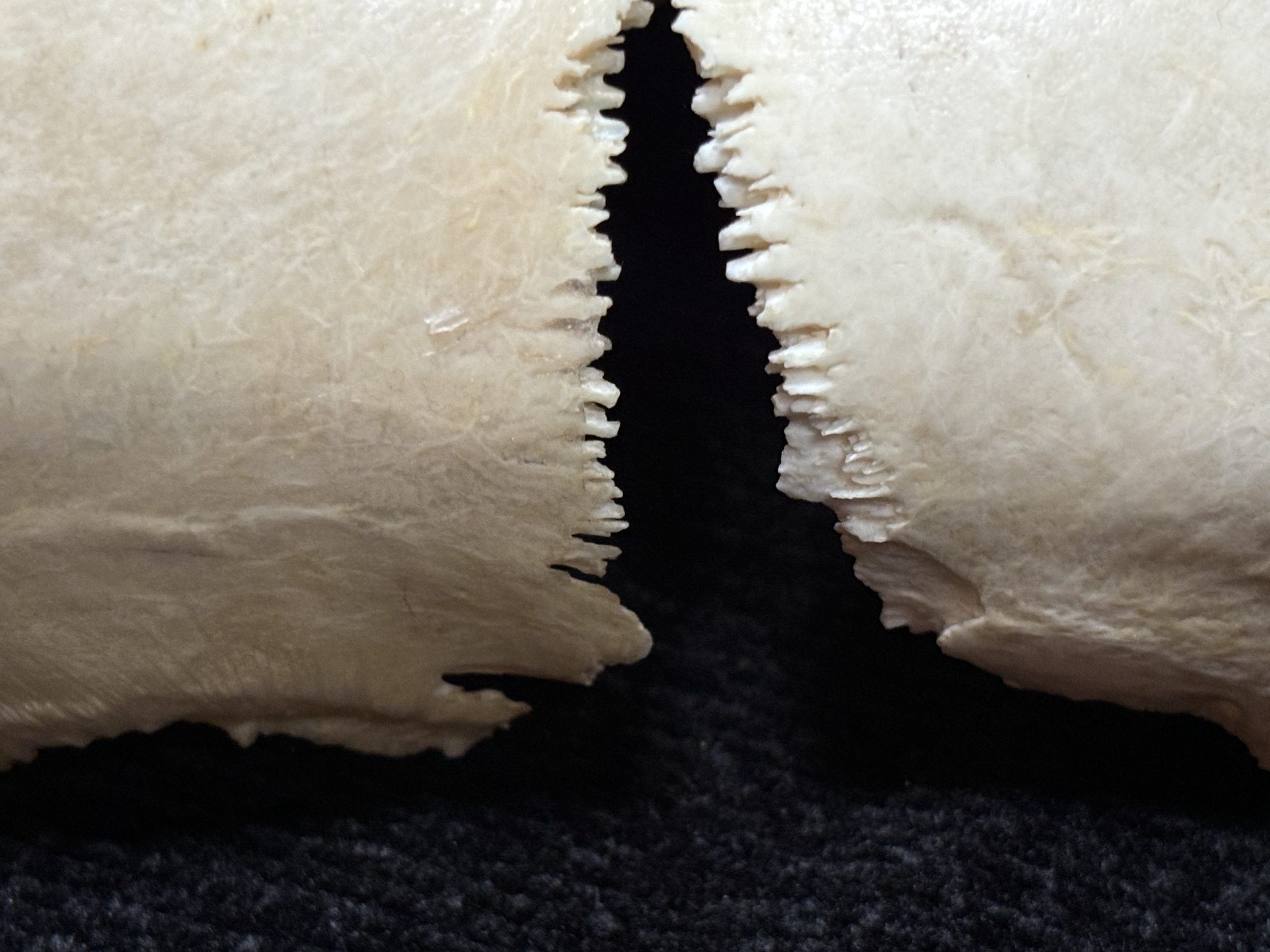
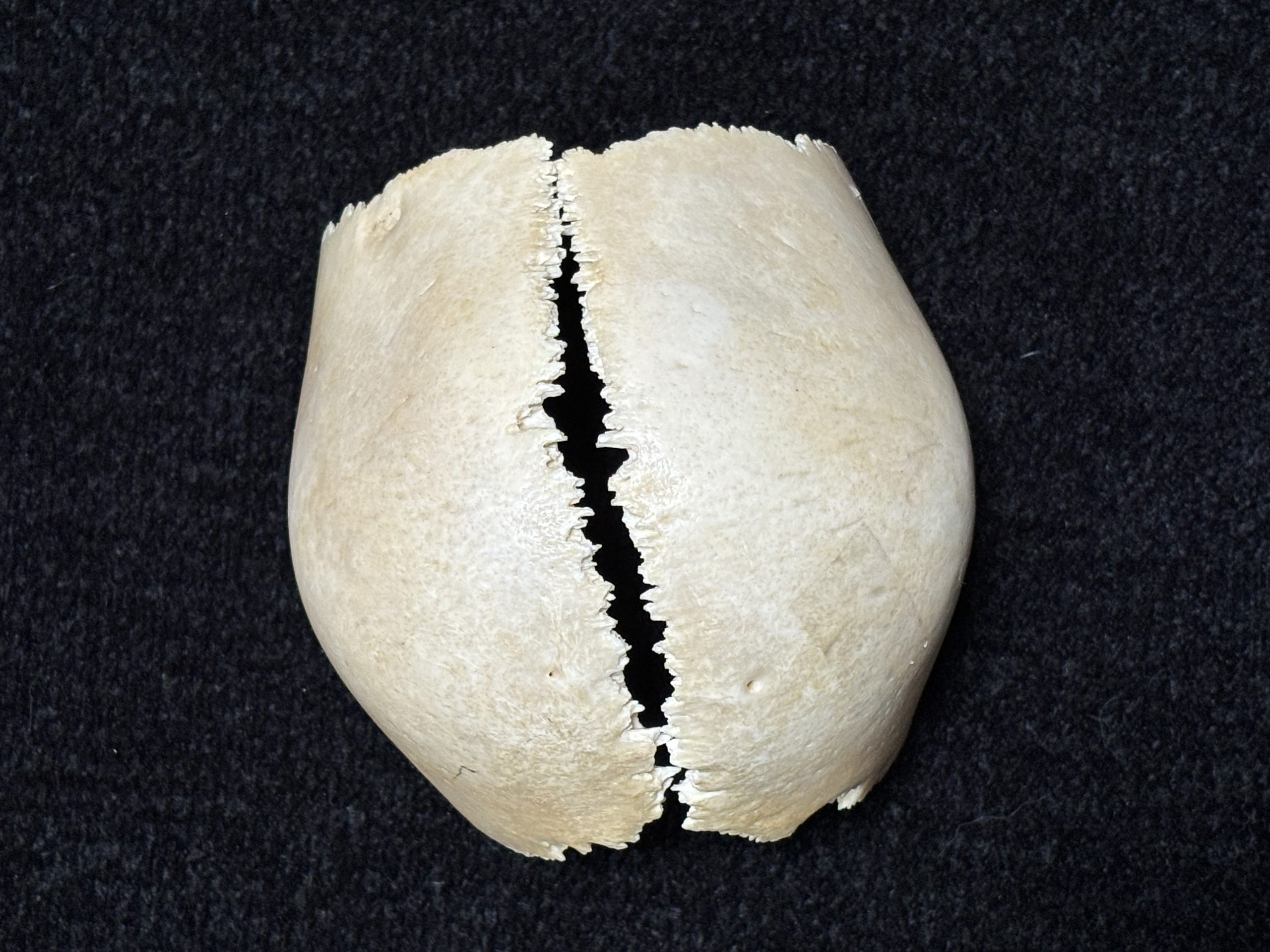

Images from cranialconnection.com

